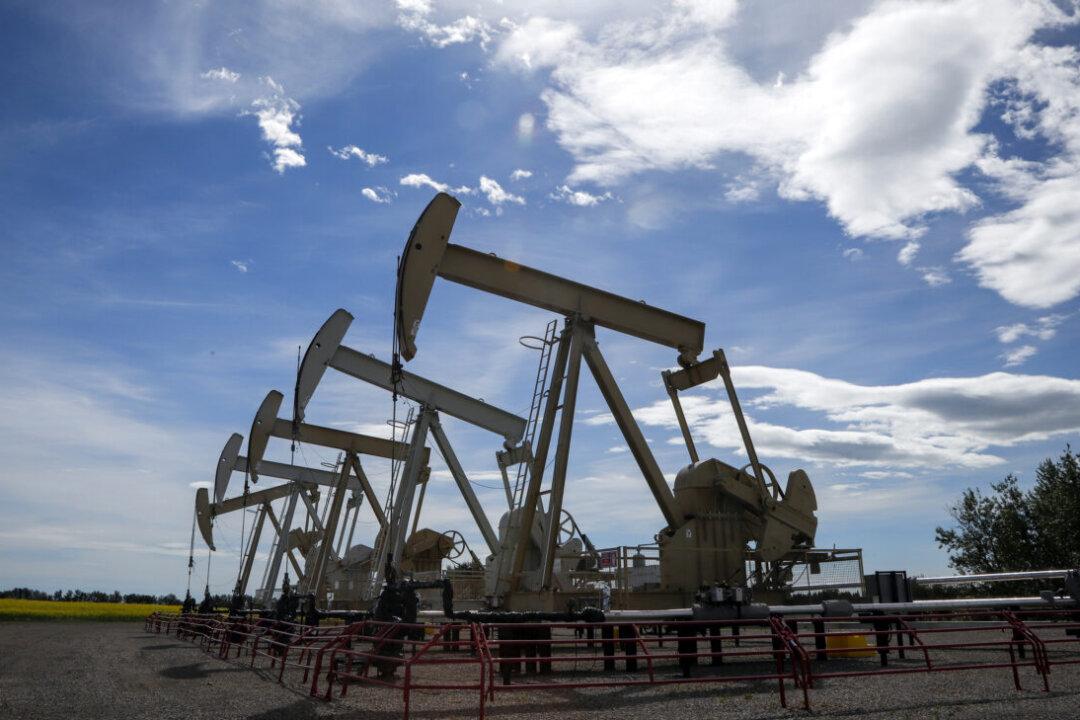Alberta’s environment minister says the province’s dropping emission rates for the past nine years have been due to innovation, not rules. She cited a new national report showing Alberta was one of four provinces that had reduced emissions in the last year.
“Our per-barrel emissions are in decline, electricity emissions are in decline, methane emissions are in decline, all while production and demand continues to rise,” Minister Rebecca Schulz said in a May 3 post on X, formerly Twitter.





